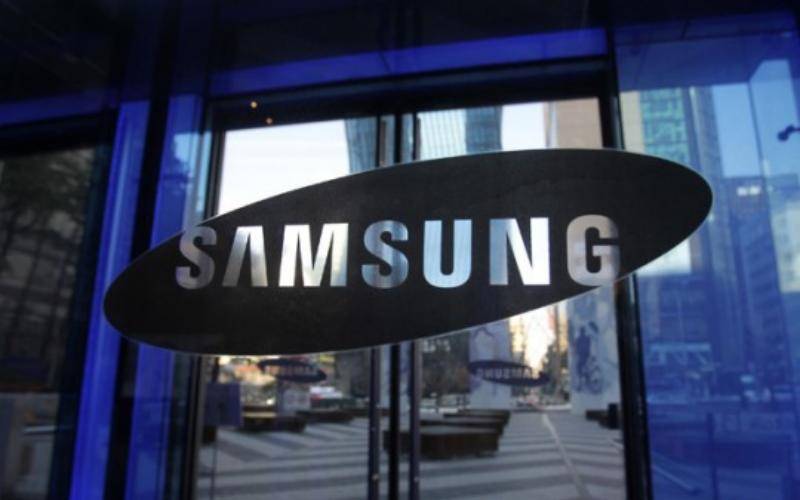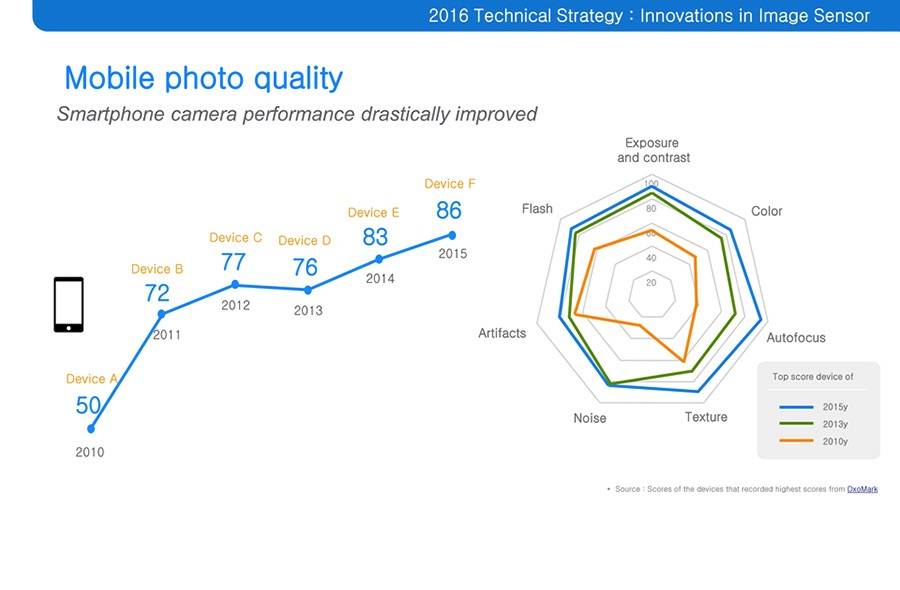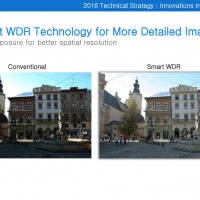
We’ve started our countdown to February 21, the day when Samsung will unveil #TheNextGalaxy phones at the Unpacked event. The Samsung Galaxy S7 family has been a hot topic since August last year when we first heard of the rumor that it would run on a Qualcomm Snapdragon 820 processor. We found it interesting then because the tech company already ditched the brand in favor of its own Exynos chipset on the Galaxy S6. Fast forward to today, we’ve heard and seen enough rumors, leaks, and early benchmarks that give us several hints about the next premium flagship phone.
When it comes to imaging, we heard early on that Samsung might use BRITECELL for the Galaxy S7 after filing a trademark for the term in South Korea. As it turned out, BRITECELL is a new camera sensor and bio-processor. This new technology was introduced last November. It’s described as smaller in form and comes with smaller pixels with low-light sensitivity. It works best in low-light conditions so captured images will still come out vivid, clear, and bright.
Just yesterday, Samsung sort of confirmed the Galaxy S7 edge when the product name turned up on the website. We’re sure of the S7 and S7 edge but we’re still curious if the S7 edge+ will arrive with the pair instead of waiting for the Galaxy Note 6. The S7 line has been tipped to be more imaging-centric this year based on specs. We just know this Galaxy 7 will definitely be better–it will have a better battery life and video playback can last up to 17 hours.
We know very little about this BRITECELL camera but DxOmark illustrated how cameras of the Samsung smartphones fared in the past years.

Smartphone camera performance drastically improved and we can expect the same from the next flagship. This year though, the change will be on the pixel and light sensitivity–they will be smaller and lower. You see, more pixels doesn’t always mean higher quality of images. Quality will still depend on the software and a number of other factors.
Over the years, Samsung relied heavily on Small Pixel Size, Low Light Sensitivity, Instant Auto Focus, and Wide Dynamic Range. Expect the S7 to have all four features but with numerous enhancements. Expect better everything—better Smart WDR, faster PDAF (Phase Detection Auto Focus ), and better range of color and resolution.
VIA: SlashGear












